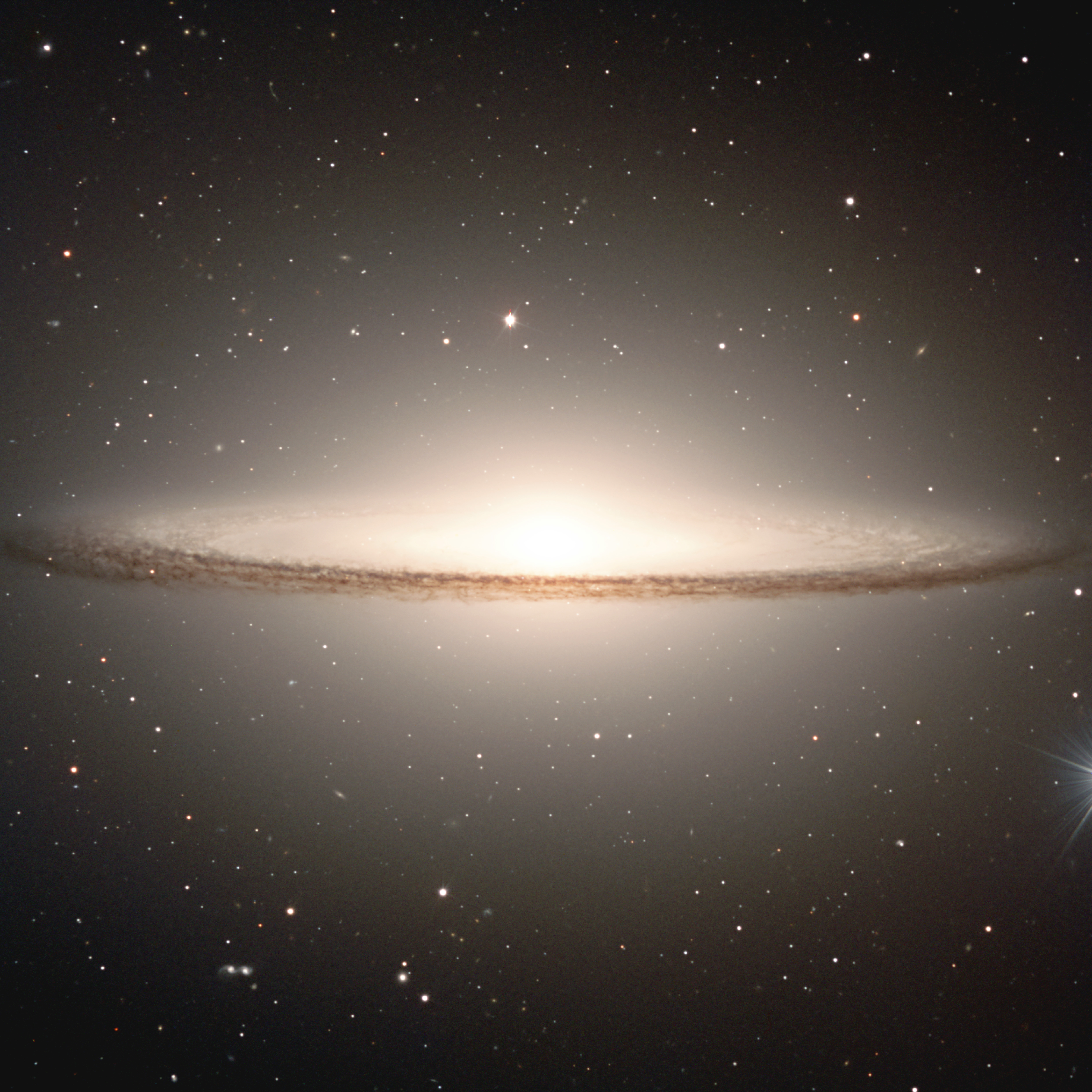Part 1
Why did BC and Vancouver Island Colony merge in 1866?
-Weak economy because the gold rush ended.
-In debt because of spending on infrastructure (Cariboo Wagon Road).
-Combine BC and Vancouver Island would make paying off debt easier.
2What would be the new capital of BC colony after 1866?
The new capital of BC colony was called Victoria.
3Who is Frederick Seymour and what locations bear his name today?
-Second governor of the new BC
-Opposed to confederation
-Mountain Seymour
-Seymour St Downtown Vancouver
4What role did Amor De Cosmos play in BC’s confederation and what locations bear his name today?
-Second premier of BC
-Promoted union with Canada
-Founded Confederation Conference in Yale
-Part of BC legislature
(Changed his name o “lover of the universe”, mentally insane, afraid of electricity, racist)
-An apartment building in Victoria name after him
-DeCosmos Village in Vancouver.
5What role did John Robson play in BC’s confederation and what locations bear his name today?
-Politician, businessman
-Ninth premier of BC
-Helped DeCosmos with the Yale Conference
-Robson St (Robson Sq)
-Mount Robson
-Robson Elementary (New West)
6How was Anthony Musgrave vital to BC’s confederation and what locations bear his name today?
-Seymour dies Musgrave replaces him as Governor
-Former governor of NFLD
-Pro Confederation
-Musgrave Peaks on the Coast Mountains
-Musgrave St in Victoria
Part 2
1 Explain why BC’s independence was not a viable option. BC’s economy and population has been decreasing since the gold rush ended.
2 Explain why BC remaining a British Colony was not an available option.
BC could not remain a British Colony because they did not want to pay the debts which Governor Douglas and his colony left for them.
3. Explain the argument for annexation to America.
The nearest settlement in Canada from British Columbia was miles away. The Rocky Mountains made transportation and communication difficult. Also, the mountains were a mental barrier. The Canadian Government bought most of the NorthwestTerritories from the Hudson Day Company however, transportation routes ran through the States.
4 Explain the argument for Confederation with Canada.
The reason for Confederation was that Canada was being threatened with annexation from America.

















